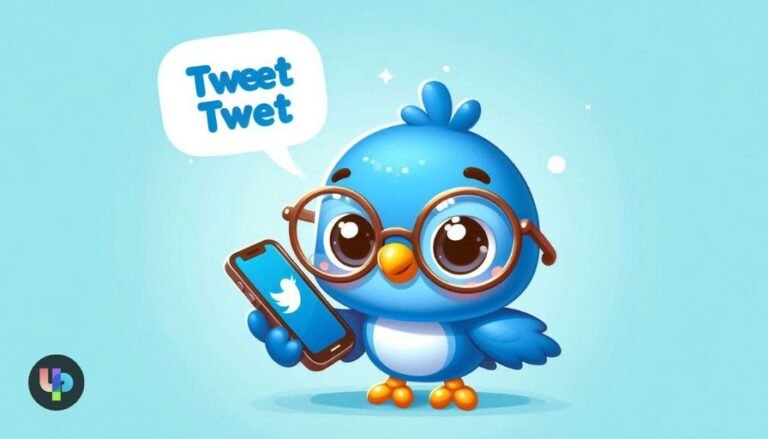The Twitter logo, known as “Logo:Qgnxqxhcznw= Twitter,” has become one of the most recognizable symbols in the digital world. From its humble beginnings to its recent transformation under Elon Musk, this logo has undergone several changes that reflect the platform’s evolution and its impact on global communication. This article delves into the history, design elements, and cultural significance of the Twitter logo, exploring how it has shaped the platform’s identity and user experience.
The Birth of the Twitter Logo
Early Days and the Introduction of the Bird
When Twitter was first launched in 2006, the platform was known as “Twttr,” and its logo reflected this with a simple, text-based design. However, as Twitter began to grow, the need for a more distinctive logo became apparent. In 2010, the now-iconic blue bird, named “Larry” after the basketball player Larry Bird, was introduced. This bird quickly became synonymous with the platform, symbolizing the ability to “tweet” short messages and connect with others in real-time.
The 2012 Redesign: Simplifying the Bird
In 2012, Twitter made a significant change to its logo by removing the text entirely, leaving only the bird. This redesigned bird was simplified, with fewer details and a more streamlined appearance. The upward trajectory of the bird symbolized growth, freedom, and the open exchange of ideas—core principles of Twitter’s brand identity. This minimalist design was praised for its simplicity and effectiveness, making the Twitter logo instantly recognizable across the globe.
The Impact of the Twitter Logo on Brand Identity
Symbolism and Cultural Significance
The Twitter bird logo became more than just a symbol of the platform; it came to represent freedom of expression, connection, and the power of social media in shaping global conversations. The choice of a bird, known for its ability to communicate through songs, was a deliberate one, aligning with Twitter’s mission to allow users to share their voices with the world.
Color Psychology
The vibrant light blue color used in the Twitter logo was chosen for its associations with trust, stability, and communication. This color choice helped establish Twitter as a reliable platform for users to share and engage with content, fostering a sense of community and openness.
Elon Musk’s Rebrand: The Transition to “X”
The End of the Bird Era
In July 2023, Elon Musk, who had acquired Twitter, announced a major rebranding of the platform to “X.” This rebranding marked the end of the blue bird logo’s dominance, replacing it with a new “X” logo. The shift was met with mixed reactions, as many users and critics felt that the new logo lacked the warmth and cultural significance of the bird.
Reactions to the “X” Logo
The new “X” logo was designed to reflect Musk’s vision of transforming Twitter into an all-encompassing “everything app.” However, the design was criticized for being generic and lacking the personality that the bird logo had brought to the platform. Despite these criticisms, the rebranding signaled a new era for the platform, one focused on innovation and expansion beyond social media.
Conclusion
The keyword “Logo:Qgnxqxhcznw= Twitter” encapsulates the journey of one of the most iconic logos in digital history. From the beloved blue bird to the bold new “X,” the evolution of the Twitter logo reflects the platform’s growth, challenges, and enduring impact on global communication. As the platform continues to evolve under its new identity, the legacy of the Twitter bird will remain a significant chapter in the history of social media branding.
